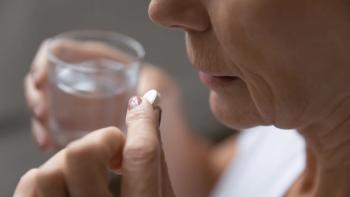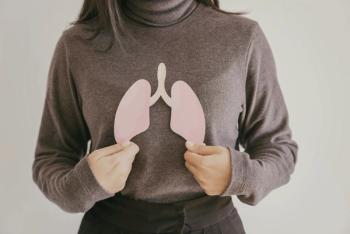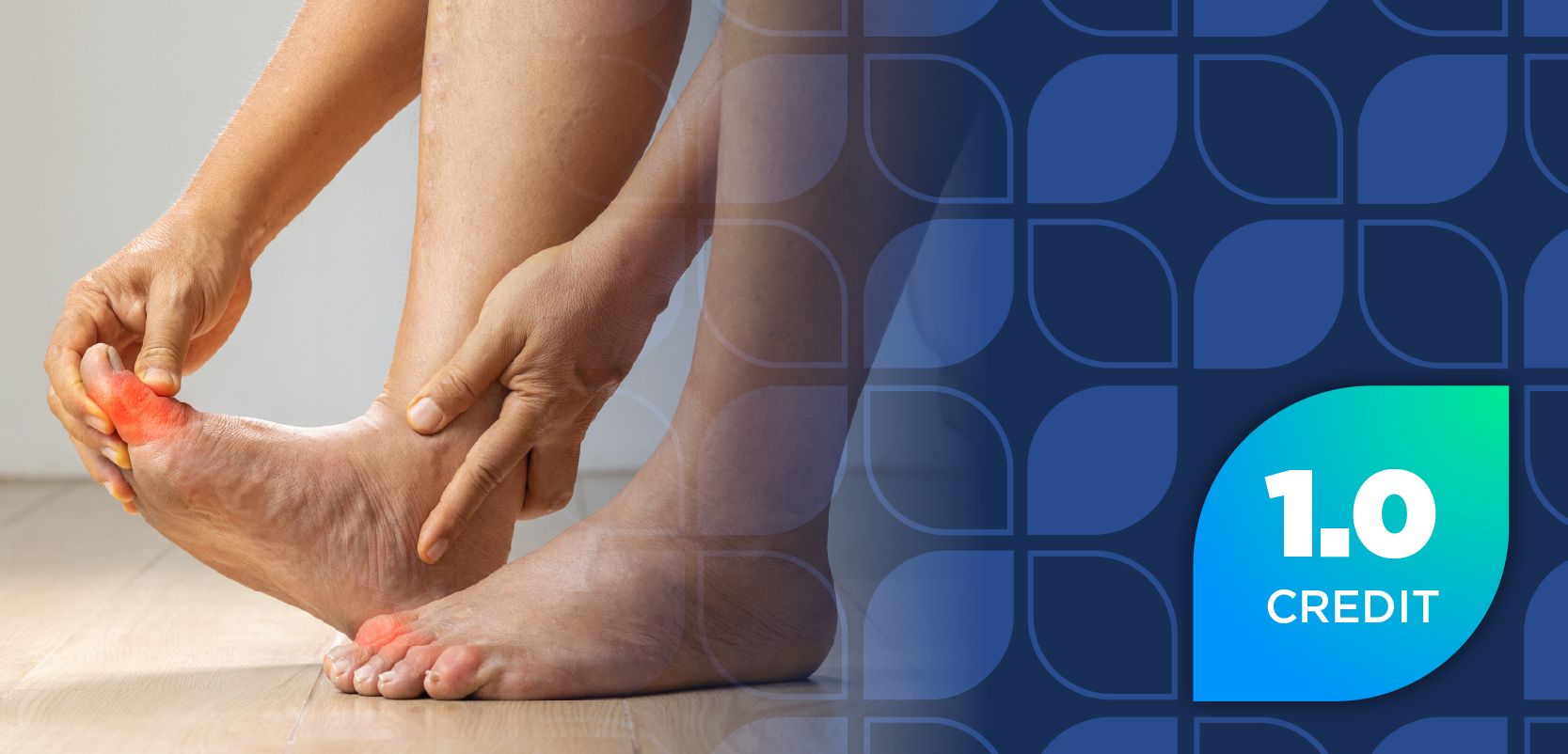CASE 1
Sunburn Prevention
SS is planning a beach day with her family, including her husband and her children, aged 1 and 6 years. The weather is predicted to be warm and sunny. They plan to spend several hours outdoors, on the sand and in the water. SS is looking for recommendations to keep the family safe and healthy during the outing, but she is confused by all the different products available: What sun protection factor (SPF) does her family need, and how often should they apply the products?
Q: What recommendations do you have for SS and her family to prevent sunburn and promote sun safety?
A: Many products are marketed for the prevention of sunburn and are available in varying SPF levels, application forms (eg, spray, cream, and lotion), and ingredients. Whereas SPF 15 blocks approximately 93% of UV-B rays, SPF 30 and SPF 50 increase coverage slightly (97% and 98%, respectively).1 SS can decide on the form of sunscreen, and she should review the directions to use the product appropriately. In general, choosing a product that has broad spectrum on the label, covering both UV-A and UV-B rays and containing 20% zinc oxide, for her children will be optimal, especially for more sensitive areas of the skin. The sunscreen should be applied 15 minutes before exposure, and all exposed skin should be covered. It should be reapplied after being in the water; otherwise, it may need to be applied every 2 hours while they are on the beach.2
About the Authors
Sneha Baxi Srivastava, PharmD, BCACP, CDCES, DipACLM, FADCES, is associate director of skills education at Rosalind Franklin University of Medicine and Science College of Pharmacy in North Chicago, Illinois. She is deeply passionate about embracing the pillars of lifestyle medicine, self-care, effective communication, and inclusivity to create lasting positive health and wellness outcomes.
Rupal Patel Mansukhani, PharmD, FAPhA, NCTTP, is a clinical professor of pharmacy practice and administration at Ernest Mario School of Pharmacy at Rutgers, The State University of New Jersey, in Piscataway and a transitions-of-care clinical pharmacist at Morristown Medical Center in New Jersey.
CASE 2
Sunburn Treatment
JJ, a 25-year-old, presents to the pharmacy seeking advice for a painful sunburn acquired during a recent vacation. JJ reports that their cheeks, nose, and the back of their neck are red and tender to the touch. Additionally, their shoulders are more burned with small blisters, and they report the pain as 4 out of 10. The skin in these areas is tight, warm, and beginning to peel in places.
Q: JJ is unsure how to care for the burns and wants to know whether they need medical attention or can be managed at home.
A: For JJ’s mild sunburn, self-care is an option because the burn appears localized to the cheeks, nose, and neck. JJ can use cool compresses to alleviate discomfort using ice water but should not use ice directly on the burn. Additionally, moisturizers should be applied while the skin is damp using a moisturizer that does not contain oil or petroleum. JJ can take OTC nonsteroidal anti-inflammatory drugs to alleviate the pain and decrease the inflammation. Because the burn on their shoulder is blistering and the pain is greater than in the rest of their body, JJ should see whether it improves with the measures discussed and should go to their primary care provider if the blistering and pain worsen or if they start having symptoms of dehydration, fever, or chills. To prevent infections, they should not pop any of the blisters.3
CASE 3
Preventing Insect Bites
A family is preparing for a multiday camping trip in a wooded area. The children are aged 2 and 6 years. They expect to spend most of their time outdoors, including hiking and sitting around the campsite. In the past, they’ve used various mosquito sprays but aren’t sure which ones are most effective. They have heard about N,N-diethyl-meta-toluamide (DEET) but aren’t clear on its safety, especially for their 2 young children. The parents are also concerned about ticks and potential illnesses, such as Lyme disease.
Q: They’d like advice on how to best protect the whole family from insect bites while camping.
A: The family should be advised to use Environmental Protection Agency (EPA)–registered insect repellents. EPAapproved ingredients include DEET, picaridin, para-menthane-diol (PMD), plant-derived ingredients, 2-undecanone, and oil of lemon eucalyptus (OLE). Although the parents and the 6-year-old child can use a product with any of those ingredients, OLE and PMD should not be used by anyone under age 3 years. The family can also get clothes treated with permethrin 0.5% or treat their clothes and shoes with it. DEET is an effective option that has undergone rigorous studies to ensure its safety and efficacy. The higher the percentage of DEET, the longer the coverage lasts. Nonpharmacologic recommendations include wearing loose-fitting, long-sleeved shirts and long pants. To protect against ticks, the family should walk in the center of trails, especially since they will be hiking in wooded areas. After outdoor activities, check clothing, gear, pets, and skin for ticks, especially in hidden areas like the underarms and the scalp. Showering promptly and using high heat to dry clothes can help remove or kill ticks.4,5
CASE 4
Treating Insect Bites
AK is an 18-year-old man presenting with pruritic lesions on his arms and legs. He recently returned from a vacation during which he spent extensive time outdoors, both walking around urban areas and spending time near lakes. He describes “bug bites all over,” with red, raised, and itchy lesions. He reports that the itching is persistent and disturbing his sleep. AK has already tried calamine lotion, with minimal relief.
Q: What can AK do to improve the itching?
A: The bites on AK’s arms and legs are most likely mosquito bites, based on the description and his recent travel history. For AK’s insect bites, recommend OTC antihistamines such as diphenhydramine to help reduce itching and inflammation. He should be advised of adverse effects such as sedation. Topical treatments like hydrocortisone cream and pyribenzamine can also relieve localized itching and swelling. Additionally, AK should not scratch his skin. If the bites worsen or signs of infection develop, if symptoms persist beyond a week, or if there are concerns about allergic reactions or fevers, he may need to visit a health care provider.6
REFERENCES
1. Sun protection factor (SPF). FDA. Updated July 14, 2017. Accessed May 12, 2025. https://www.fda.gov/about-fda/center-drug-evaluation-and-research-cder/sun-protection-factor-spf
2. Sunburn: treatment and prevention. Healthchildren.org. Updated August 9, 2024. Accessed May 12, 2025. https://www.healthychildren.org/English/health-issues/conditions/skin/Pages/sunburn-treatment-and-prevention.aspx
3. Sunburn & your skin. Skin Cancer Foundation. Accessed May 12, 2025. https://www.skincancer.org/risk-factors/sunburn/
4. Preventing mosquito bites. CDC. August 28, 2024. Accessed May 12, 2025. https://www.cdc.gov/mosquitoes/prevention/index.html
5. Preventing tick bites. CDC. August 28, 2024. Accessed May 12, 2025. https://www.cdc.gov/ticks/prevention/index.html
6. About mosquito bites. CDC. June 21, 2024. Accessed May 12, 2025. https://www.cdc.gov/mosquitoes/about/about-mosquito-bites.html


















































































































































































































